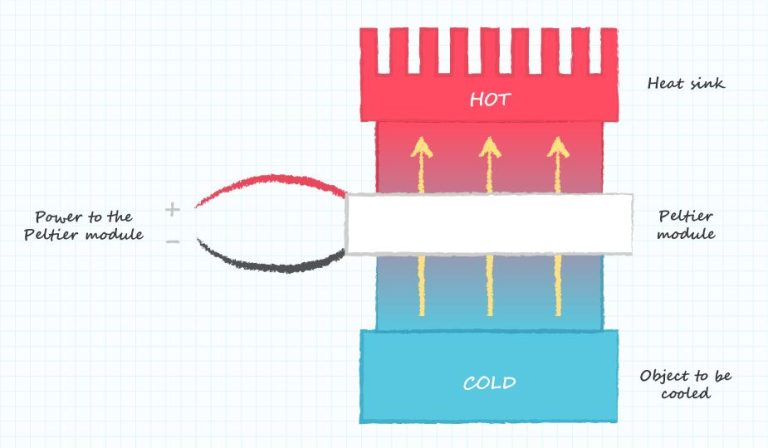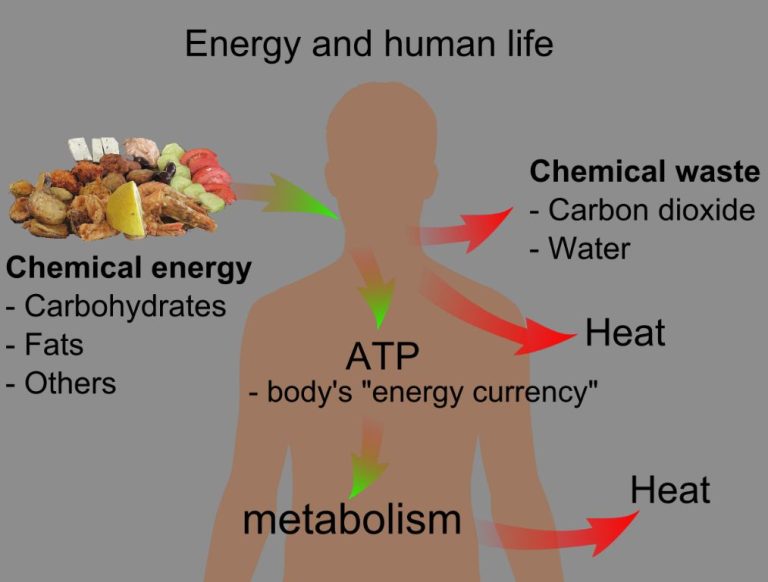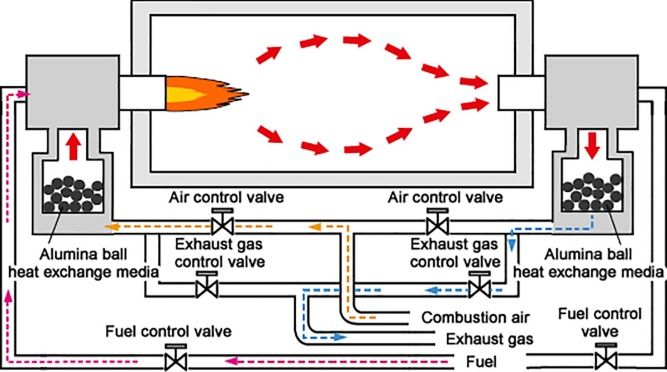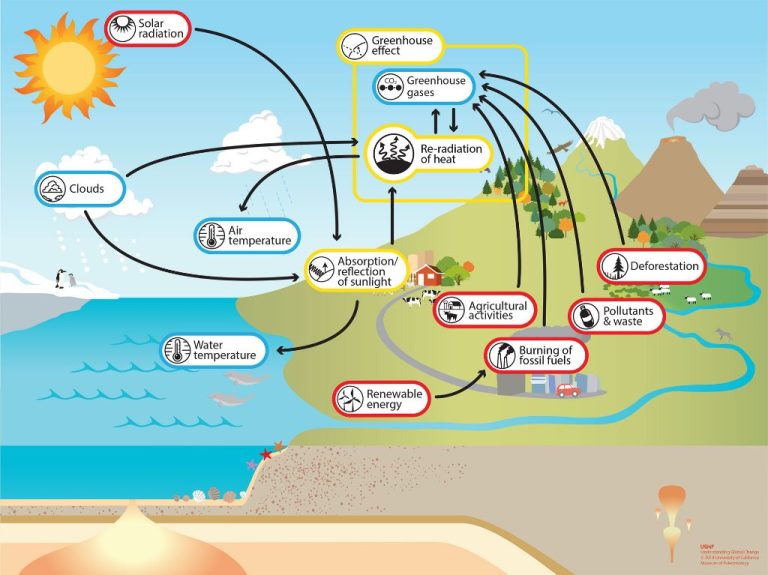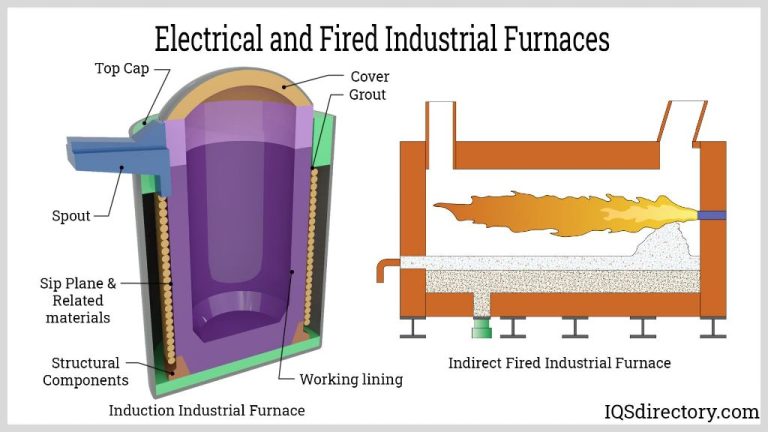What Is An Example Of A Mechanical Equivalent Of Heat?
What is Heat?
Heat is a form of energy transfer that occurs between objects or systems due to a temperature difference. It always flows spontaneously from an object at a higher temperature to one at a lower temperature. For example, when you touch a hot stove, heat will flow from the stove into your hand, causing your hand to get hotter.
On a microscopic level, heat is related to the kinetic energy of molecules. Higher temperature corresponds to faster molecular motion, while lower temperature corresponds to slower molecular motion. As heat flows between objects, kinetic energy is transferred at the molecular level, increasing the motion of cooler molecules and decreasing the motion of warmer ones. This net transfer of kinetic energy is what we sense macroscopically as a flow of heat.
So in summary, heat is a form of energy associated with the motion of molecules that spontaneously flows from hotter to colder objects until thermal equilibrium is reached. This flow of thermal energy is driven by temperature differences.
Mechanical Equivalent of Heat
The mechanical equivalent of heat is a concept that was proposed in the 1840s by English physicist James Prescott Joule. Through a series of experiments, Joule demonstrated that heat and mechanical work are equivalent and convertible forms of energy. This finding would become known as the mechanical equivalent of heat.
Specifically, Joule showed that a given amount of work or energy could be converted into a proportional amount of heat. He did this by stirring water using paddle wheels and measuring the increase in temperature. These experiments enabled Joule to develop a numeric relationship between units of heat (calories) and units of work (joules).
The mechanical equivalent of heat provided evidence for the law of conservation of energy. It showed that heat was not simply a substance (caloric) that could be created or destroyed, but rather another form of energy. Joule’s work established that energy can change forms between kinetic, potential, heat, etc., but the total amount of energy remains constant.
Joule’s Experiments
In the 1840s, English physicist James Prescott Joule performed a series of experiments to determine the mechanical equivalent of heat. Joule’s experimental setup consisted of an insulated barrel filled with water and a set of falling weights attached by a cord to paddle wheels inside the barrel.
As the weights fell, the paddle wheels stirred the water, causing friction that increased the temperature of the water by a measurable amount. Joule showed that for a given “pound-foot” of work done by the falling weights, the same amount of heating occurred each time. In this way, he demonstrated that work and heat are equivalent or proportional.
Through careful measurements, Joule was able to determine a constant of proportionality between the amount of work required to produce a given amount of heat. This became known as the mechanical equivalent of heat.
Establishing a Numeric Equivalent
Joule’s key breakthrough was establishing a specific numeric relationship between units of heat and units of work. Through ingenious experiments, he precisely determined the amount of mechanical work required to produce an equivalent amount of heat.
His first successful experiment involved stirring water with paddle wheels inside an insulated container. The motion of the paddles agitated the water, increasing its temperature. By carefully measuring the water temperature increase, the work required to turn the paddles, and accounting for heat losses, Joule calculated the mechanical equivalent of heat to be approximately 770 foot-pounds per British thermal unit.
This quantitative result showed for the first time that a specific amount of work (in foot-pounds) always produces an exactly equivalent amount of heat (in BTUs). The mechanical equivalent of heat provided a conversion factor between two previously unrelated systems of energy measurement.
Impact on Thermodynamics
Joule’s experiments on the mechanical equivalent of heat had a profound impact on thermodynamics as a field. By establishing the convertibility of heat and work and the equivalence of their energy, Joule’s experiments provided support for the law of conservation of energy.
Specifically, they led directly to the establishment of the first law of thermodynamics, which states that heat and work (mechanical energy) are equivalent paths for transferring energy. Because of Joule’s work in quantifying this exchange, the law was able to formally establish that heat and work can be converted from one to the other at a set conversion rate.
Overall, Joule’s experiments paved the way for the interconvertibility of heat and work to become a fundamental principle of thermodynamics. They proved that heat is a form of energy, not a substance as previously thought, and that it obeys the same conservation principles as mechanical energy.
Practical Applications
The mechanical equivalent of heat enabled practical applications in heat engines like the steam engine through the principles of thermodynamics. Understanding that work and motion can produce heat allowed for more efficient design and operation of heat engines. For example, the amount of mechanical work put into a piston in a steam engine will relate directly, through the mechanical equivalent of heat, to the amount of heat energy produced from the vaporized steam.
This principle is also vital for internal combustion engines in automobiles and generators. The explosions igniting fuel and driving pistons relate precisely to heat generation that enables operation. Quantifying the mechanical equivalent of heat allows engine designers to optimize the engine architecture for maximum efficiency.
Relation to Other Energy Forms
Joule’s experiments established that heat is a form of energy that can be converted into other types of energy. For example, heat energy provided to a steam engine is converted into the kinetic energy of the moving parts. Or heat energy can be used to raise an object against gravity, becoming gravitational potential energy. Joule also showed that heat can be produced by transforming other energy forms – for example, friction generating heat from kinetic energy.
In this way, Joule’s mechanical equivalent of heat helped unify the different forms of energy under one overarching principle. Before, types of energy like heat, motion, electricity and chemical energy were seen as distinct phenomena. But Joule demonstrated their interconvertibility. This meant that heat was now seen as one form of energy within a larger energy framework instead of a separate standalone entity. The quantitative relationship established by Joule allowed precise calculations about how much of one form would produce how much of another energy type.
This unified perspective laid key foundations for thermodynamics and the principle of conservation of energy. It enabled the development of integrated theories about how different energy types interact within closed systems. Overall, determining the mechanical equivalent of heat proved a major milestone in understanding energy at a deeper conceptual level.
Criticisms and Limitations
While Joule’s mechanical equivalent of heat provided important insights, it faced some valid criticisms and had limitations that were addressed in later thermodynamic developments:
Some questioned the accuracy and interpretation of Joule’s experiments on converting mechanical work into heat. His results relied on precise temperature measurements that may have had errors. There were also debates around how to translate his experimental setup into universal principles.
Joule’s simple numeric equivalent did not account for entropy and the second law of thermodynamics that emerged later. His experiments involved reversible processes, whereas many real-world thermal processes are irreversible.
Fundamentally, heat and work are different forms of energy transfer. Though Joule established their quantitative relationship, his equivalent does not capture qualitative differences. There are ways of converting heat into work that his experiments did not encompass.
Later thermodynamic insights advanced upon Joule’s pioneering investigations into the interconvertibility of heat and motion. But his mechanical equivalent of heat provided a foundation for linking different energy types that still remains relevant today.
Later Refinements
In the 20th century as the science of thermodynamics advanced, scientists were able to make more accurate calculations related to heat and work, which reinforced Joule’s findings. His early mechanical equivalent of heat experiments laid the groundwork for the modern measurement of heat based on calories and joules.
By the early 1900s, thanks to more precise measurements, scientists determined that one calorie is equal to 4.1868 joules. This quantification allowed for expanded real-world applications in engineering, food sciences, and other areas. The development of thermodynamics as a robust theory strengthened the numeric link between mechanical energy and thermal energy.
While simplistic in retrospect, Joule’s 19th century rotating paddle wheel apparatus and measurements were pioneering. Later refinements reaffirmed rather than refuted his mechanical equivalent, giving scientists an empirical basis for the relationship between work and heat. This knowledge now underpins refrigeration, internal combustion engines, and industrial processes.
Conclusion
The concept of the mechanical equivalent of heat has had a profound impact on science and engineering. By establishing that heat and mechanical work are two forms of the same thing – energy – it helped move thermodynamics from an empirical science to a rigorous mathematical one.
The mechanical equivalent provided a concrete, measurable way to quantify heat energy and relate it to other forms of energy like work, electricity and more. This enabled tremendous advances in analyzing steam engines, refrigeration, and other key technologies of the Industrial Revolution.
Even today, the mechanical equivalent remains an important foundational concept across physics and engineering. It laid the groundwork for the principle of conservation of energy and the first law of thermodynamics. The numeric value of the mechanical equivalent is still used in calculations and measurements.
Over 150 years after Joule first established it, the concept of a mechanical equivalent of heat continues to shape our scientific worldview and understanding of energy in all its forms.

